#andreas wisniewski
Explore tagged Tumblr posts
Text




What, you're saying this bear has a crush on me?
#northern exposure#nx#janine turner#maggie o'connell#andreas wisniewski#arthur#90s television#90s tv shows#3x19 wake up call
13 notes
·
View notes
Text











The Living Daylights (1987, John Glen)
7/26/24
#The Living Daylights#Timothy Dalton#James Bond#Maryam D'Abo#Jeroen Krabbe#Joe Don Baker#John Rhys-Davies#Art Malik#Andreas Wisniewski#Desmond Llewelyn#80s#action#thriller#adventure#espionage#spies#British#Morocco#Austria#international#KGB#Afghanistan#Soviet Union#war#musicians#classical music#Czechoslovakia
9 notes
·
View notes
Text
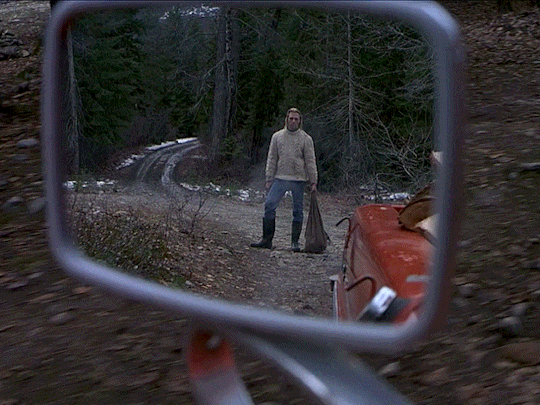
NORTHERN EXPOSURE 3.19 Wake Up Call
#wake up call#nx 3x19#northern exposure#ausgerechnet alaska#doctor en alaska#un medico tra gli orsi#arthur#andreas wisniewski#maggie o‘connell#janine turner
4 notes
·
View notes
Text
856: Die Hard [1988]
If this is their idea of Christmas, I gotta be here for New Year’s.
2023’s 12 Days of Christmas… Movies: 8/12
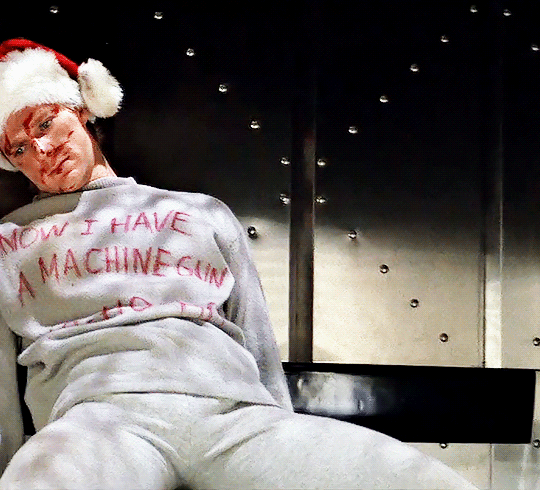
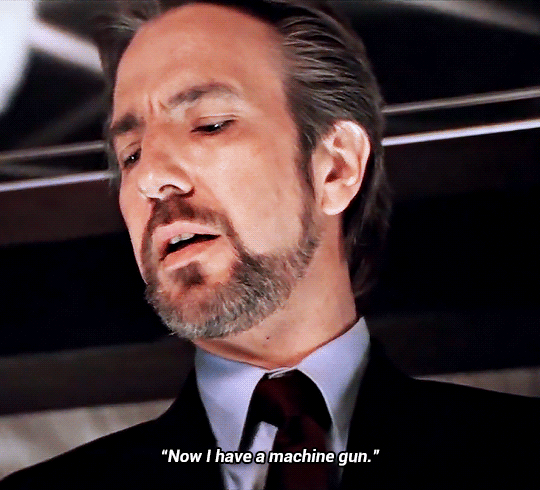
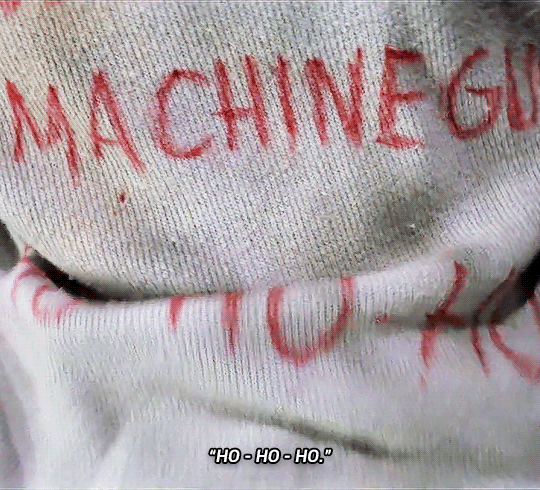
DIE HARD (1988) dir. John McTiernan
#Movies#Movies I've recently watched#1988#2023#12 Days of Christmas#2023's 12 Days of Christmas... Movies#Die Hard#If this is their idea of Christmas I gotta be here for New Year's#40 Stories Twelve Terrorists One Cop#Bruce Willis#John McTiernan#Andreas Wisniewski#Alan Rickman#Now I have a machine gun#Ho Ho Ho
3K notes
·
View notes
Text


Andreas Wisniewski in The Living Daylights (1987)
103 notes
·
View notes
Text

Die Hard's Hans Gruber and his team of fake terrorists/bank robbers. Source
Alan Rickman, Hans Buhringer, Lorenzo Caccialanza, Bruno Doyon, Clarence Gilyard Jr., Alexander Godunov, Dennis Hayden, Al Leong, Gary Roberts, Wilhelm von Homburg, and Andreas Wisniewski in Piège de cristal (1988)
#die hard#hans gruber#nakatomi plaza#theo#brothers#13 against 1#1988#john mcclane#john mctiernan#christmas#action#los angeles#80's#bruce willis#alan rickman#holly genero#NY cop alone#yippie ki yay motherfucker#piège de cristal#christmas movies#crew#McT#this is cinema#action movies#movie#cinema#blockbuster#underdog#best action movies#die hard movies
130 notes
·
View notes
Text
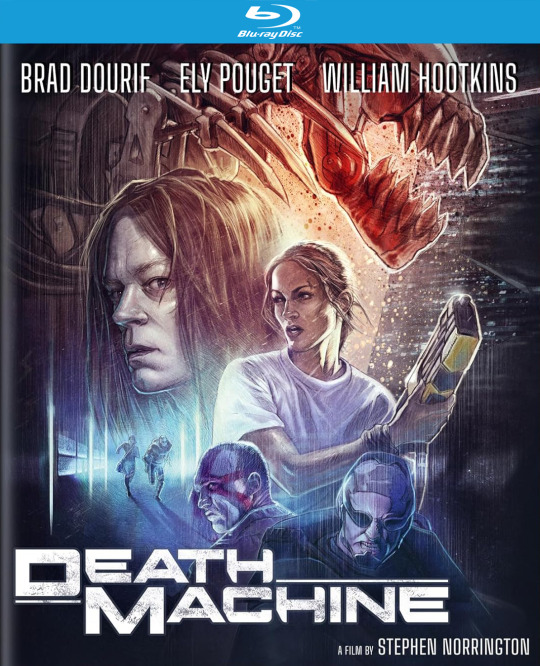
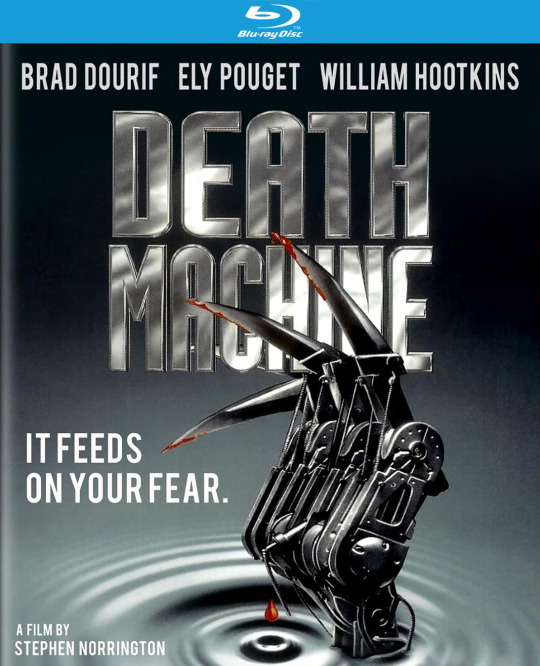
Death Machine will be released on Blu-ray on May 21 via Kino Lorber. Celebrating its 30th anniversary, the 1994 cyberpunk horror film features new cover art by Jean-Baptiste Chuat & Ronan-Wolf Chuat with the original poster on the reverse side.
Stephen Norrington (Blade, The League of Extraordinary Gentlemen) makes his feature directorial debut from his own script. Brad Dourif, Ely Pouget, William Hootkins, John Sharian, Martin McDougall, Andreas Wisniewski, and Richard Brake star. A young Rachel Weisz appears in a small role.
The two-disc set includes three cuts of the film: the 100-minute U.S. version, the 122-minute international version, and a newly created 106-minute director's cut. Special features are listed below.
Disc 1:
US cut (100 minutes) newly mastered in 2K from an interpositive
Audio commentary by Horror-Fix.com's James G. Chandler and Ash Hamilton (new)
US theatrical trailer
Newly created director's cut (106 minutes)
Audio commentary by writer/director Stephen Norrington and film historian Michael Felsher (new)
Technical audio commentary by writer/director Stephen Norrington (new)
Audio conversation with writer/director Stephen Norrington and creature creator Alec Gillis (new)
Isolated score
7.1 Surround and Lossless 2.0 Audio
Disc 2:
International cut (122 minutes)
Interview with composer Crispin Merrell
Interview with editor Paul Endacott
Interview with costume designer Stephanie Collier
Interview with producer Ray Burdis
Interview with co-producer Stuart St Paul
Artwork & design gallery
Behind-the-scenes still gallery
German theatrical trailer
Japanese theatrical trailer
Japanese behind-the-scenes promo
The year is 2003. Chaank Industries, ruthless world leaders in future weapons technology, hires a new Chief Executive, Hayden Cale. Cale soon uncovers a secret and unethical weapons project the company is involved in. Her first order of business is to shut it down. Her troubles just begin as she also tries to fire the company technological mastermind, Jack Dante—a childlike psychotic with a dark genius for exotic weapons design. Dante retaliates by unleashing into the corporate headquarters the Death Machine—the ultimate killing unit. A weapon that tracks its target by sensing fear and has the power to rip through walls with its hard steel strength and razor teeth. Cale must wage a desperate bloody battle with the terrifying force that has no mercy, no pity and no fear.
Pre-order Death Machine.
#death machine#brad dourif#richard brake#rachel weisz#horror#90s horror#1990s horror#kino lorber#dvd#gift#stephen norrington#blade#cyberpunk#Jean-Baptiste Chuat#Ronan-Wolf Chuat
29 notes
·
View notes
Text

THE LIVING DAYLIGHTS 1987
Andreas Wisniewski
8 notes
·
View notes
Text





Title: Die Hard
Rating: R
Director: John McTiernan
Cast: Bruce Willis, Alan Rickman, Alexander Godunov, Bonnie Bedelia, Reginald VelJohnson, Paul Gleason, De'voreaux White, William Atherton, Hart Bochner, James Shigeta, Bruno Doyon, Andreas Wisniewski, Clarence Gilyard Jr, Joey Plewa
Release year: 1988
Genres: thriller, action
Blurb: NYPD cop John McClane's plan to reconcile with his estranged wife is thrown for a serious loop when, minutes after he arrives at her office, the entire building is overtaken by a group of terrorists. With little help from the LAPD, wisecracking McClane sets out to singlehandedly rescue the hostages and bring the bad guys down.
#die hard#die hard 2 die harder#die hard with a vengeance#live free or die hard#a good day to die hard#r#john mctiernan#bruce willis#alan rickman#alexander godunov#bonnie bedelia#reginald veljohnson#1988#thriller#action
6 notes
·
View notes
Text

The Living Daylights (1987)
Starring:
Timothy Dalton, Maryam d'Abo, Joe Don Baker, Art Malik, John Rhys-Davies, Jeroen Krabbé
Directed By:
John Glen
Genre:
Action/Thriller
Rating:
PG
Run Time:
2 Hours 10 Minutes
Release Date:
29 June 1987 (London, premiere)
31 July 1987 (United States)
Synopsis:
British secret agent James Bond (Timothy Dalton) helps KGB officer Georgi Koskov (Jeroen Krabbé) defect during a symphony performance. During his debriefing, Koskov reveals that a policy of assassinating defectors has been instated by new KGB head Leonid Pushkin (John Rhys-Davies). But as Bond explores this threat, a counterplot surfaces, involving a shady American arms dealer (Joe Don Baker) and a pair of Russian assassins, Necros (Andreas Wisniewski) and Kara Milovy (Maryam d'Abo).
#27 days of james bond#007#27 days of 007#james bond#james bond 007#day 17#the living daylights#timothy dalton#maryam d'abo#joe don baker#art malik#john rhys davies#jeroen krabbé#john glen
6 notes
·
View notes
Text
Week 10: Digital Citizenship and Conflict: Social Media Governance
The ubiquitous nature of social media platforms has defined and will continue to define the contemporary world. Upcoming projections indicate rapid expansion in emerging countries, bringing the total number of social media users to around 58.4% of the global population (Statista, 2022). According to the eSafety Commissioner of the New South Wales Department of Education, "a good digital citizen" is someone who is able to make beneficial use of digital technology for social participation, communication, content creation, and consumption.
There are a lot of worries about the future of social media regulation, despite the fact that these platforms have helped people interact and share material, such as the proliferation of fake news, hate speech, and internet monitoring. Violent online conflicts highlight the power dynamics at play in the concept of digital citizenship. A perceived chasm has opened up between academic study and real-world issues faced by people because non-experts' perspectives are sorely lacking in discussions of information systems in the literature. People should talk about cyberbullying and other forms of online abuse on platforms where they do not know the perpetrators well.

The formation of "bad habits" might occur, however, when users constantly check their social media alerts out of FOMO and participate in negative self-comparisons (Walther et al., 2011). The correlation between social media usage and mental health is complex. Not only was social media usage substantially related to depression, but those suffering from depression were also more likely to use social media (Lin et al., 2016). Lowry et al. (2016) and Ransbotham et al. (2016) found that new digital vulnerabilities, such as cyber mobs and "sock puppet" accounts, are a major contributor to this negativity. These accounts spread objectionable speech and engage in social shaming. Teens may develop PTSD symptoms after being exposed to risky information on social media, such as cyberbullying, sexual solicitations, and explicit material (McHugh et al., 2018). Furthermore, Johnson (2018) reveals that individuals may become unable to differentiate between fair and unfair online behaviour due to "mob rules'' established by online organisations.
By outlining standards for appropriate conduct and content, social media governance helps platforms encourage responsible participation from its users. The resolution of these disputes and the preservation of digital citizenship values need for robust frameworks for social media administration. Since these forms of government must address many, and at times competing, interests, they are inherently complex. Digital communities that promote healthy relationships based on mutual regard, understanding, and accountability may be created when all parties involved pull together. Furthermore, Johnson (2018) reveals that individuals may become unable to differentiate between fair and unfair online behaviour due to "mob rules" established by online organisations.
References
Johnson, B.G. 2018, Tolerating and managing extreme speech on social media, Internet Research, vol. 28, no. 5, pp. 1275-1291.
Lowry, P. B., Zhang, J., Wang, C. and Siponen, M. 2016, Why do adults engage in cyberbullying on social media? An integration of online disinhibition and deindividuation effects with the social structure and social learning model, Information Systems Research, vol. 27, no. 4, pp. 962–986
McHugh, B. C., Wisniewski, P., Rosson, M. B. and Carroll, J. M. 2018, When social media traumatizes teens: The roles of online risk exposure, coping, and post-traumatic stress, Internet Research, vol. 28, no. 5, pp. 1169-1188
Statista 2022, Social Media – Statistics and Facts, viewed 21 March 2023, <https://www.statista.com/topics/1164/social>
Walther, J. B., Liang, Y. J., De Andrea, D. C., Tong, S. T., Carr, C. T., Spottswood, E. L. and AmichaiHamburger, Y. 2011, The effect of feedback on identity shift in computer-mediated communication, Media Psychology, vol. 14, pp. 1–26.
0 notes
Link
#film#Horror#horror2023#horrorfilms#indiehorror#movie#movies#site13#summoningthespirit#that'sawrap#thewendigo#time'sup#wakingnightmare
0 notes
Text





NORTHERN EXPOSURE 3.19 Wake Up Call
#wake up call#nx 3x19#northern exposure#ausgerechnet alaska#doctor en alaska#un medico tra gli orsi#arthur#andreas wisniewski#maggie o‘connell#janine turner
4 notes
·
View notes
Photo

#Die Hard#Bruce Willis#John McClane#Andreas Wisniewski#Alan Rickman#Hans Gruber#John McTiernan#Roderick Thorp#Jeb Stuart#Steven E. de Souza#80s
80 notes
·
View notes
Text






The Living Daylights (1987) dir.: John Glen
#the living daylights 1987#timothy dalton#maryam d'abo#andreas wisniewski#80s#british cinema#FoxtrotGIF
14 notes
·
View notes
